Traditional ecological knowledge transforms poisoned wasteland to wildlife haven
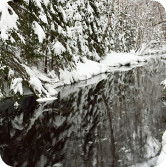
Download as a PDF
The Linnunsuo wetland, located near the boreal village of Selkie, in North Karelia, is now the largest restoration initiative in eastern Finland that is co-managed, community-led, and centered around traditional, local knowledge. The initiative highlights the importance of boreal ecosystems and their ability to heal, creating diverse ecosystems for wildlife and local peoples.
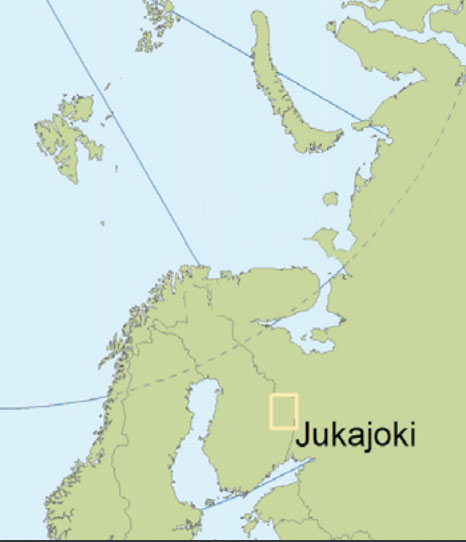

“I have memories of being 10 years old, fishing with my grandfather. He used to walk to the lake with a walking stick and I would row the boat there with my cousin and my little sister Liisa. We made the nets ourselves. The spawning times of bream [Abramis brama] was our main fishery just before mid-summer. By midsummer, the big breams came to spawn close to the shore. Two to three-kilogram fish we’d catch. I do not recall we ever came back empty handed. Spawning times were well known by everyone, our neighbour made so-called ancient fish traps from strips of pinewood.”
PENTTI HASSINEN, ELDER, AT LAKE JUKAJÄRVI, LOCATED UPSTREAM FROM THE JUKAJOKI RIVER
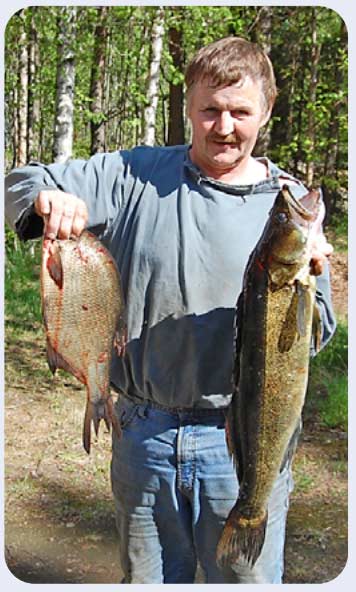
“Traditional knowledge is knowledge, know-how, skills and practices that are developed, sustained and passed on from generation to generation within a community, often forming part of its cultural or spiritual identity.”
TERO MUSTONEN, SNOWCHANGE CO-OP
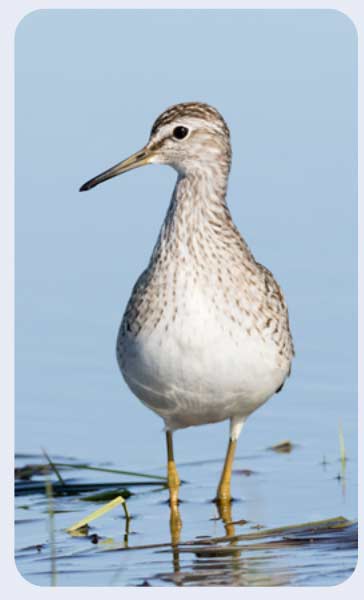

“One of the things that is essential for maintaining presence throughout the catchment area and our village territories is the hunting and fisheries, berry picking, mushroom picking, because they are our main sensors, if you will, and as they do what they do, they come back, they start talking with their families, with other hunter and fishermen and that’s how we form our relationships to the events which are taking place.”
TERO MUSTONEN

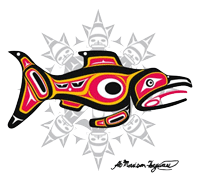
Visit Snowchange.org.
Download as a PDF
In July 2011, a fisherman named Heikki Roivas from the village of Selkie in eastern Finland observed dead fish floating in the Jukajoki river. Acidic discharge from the nearby peat production site had contaminated the river. This fish-kill event, while spotted by Heikki, went undetected by the environmental authorities and the peat company’s internal monitoring.
Local people in Selkie depend on the Jukajoki River for recreational, subsistence, and small-scale professional fishing, and the river is deeply embedded in their way of life. There are families and individuals who are part of an unbroken line of continued forest and fishing cultures, a mix of traditional knowledge and longterm presence on the land. The way they talk, think and co-exist with the land, is such that they are united. Linnunsuo (Marsh of the Birds in Finnish) is an important fishing site along the small Jukajoki River. Fishermen had been concerned for years about the deterioration of the river’s health caused by Linnunsuo’s conversion from marshmire to peat mine.
After the fish die-off, the villagers of Selkie and the local organisation Snowchange Co-op took action. For the first time ever in Finland, a local community stopped a state-owned peat production company in its tracks. The Linnunsuo peat mine was flooded and the largest restored wetland in eastern Finland was created.

Marsh of the Birds
Despite the problems caused by peat mining, from acidic soils, heavy industrial land use and complete destruction of a post-ice age marshmire ecosystem, the Linnunsuo wetland has surprised everyone with its capacity to regenerate and sustain life. What was once an acidic pool in a barren industrial peat production field has emerged as a paradise for birds and a place for the people of Selkie to connect with the land and water.
Nine years since the fish kill incident, the Linnunsuo wetland is an important bird habitat, nature protection area, and recreational site. The number of recorded bird species that nest in or visit the area has increased from two to 195. It has also become the second Indigenous and Community Conserved Area in Finland, under the guardianship of Snowchange Co-op, providing ample opportunities for locals to play a role in the landscape’s revival. Wounds still remain, however, and efforts to further restore and monitor the site are ongoing.
It is hoped that these restoration efforts will help Linnunsuo become a new carbon sink. Peat is a potent fossil fuel, its production releases vast amounts of carbon. Maintaining and restoring wetlands and peatlands is one way to sequester carbon from the atmosphere and to help mitigate climate change.
Tradition, science and community resilience
Linnunsuo is a powerful example of community-led ecological restoration based on local traditional ecological knowledge. It was not the Finnish state or corporate authorities, but rather local fishermen whose daily activities out on the land and waters, who noticed the polluting impacts caused by the peat mine. Local knowledge holders led the restoration activities in tandem with scientists who are ensuring the social sustainability of the restoration process.
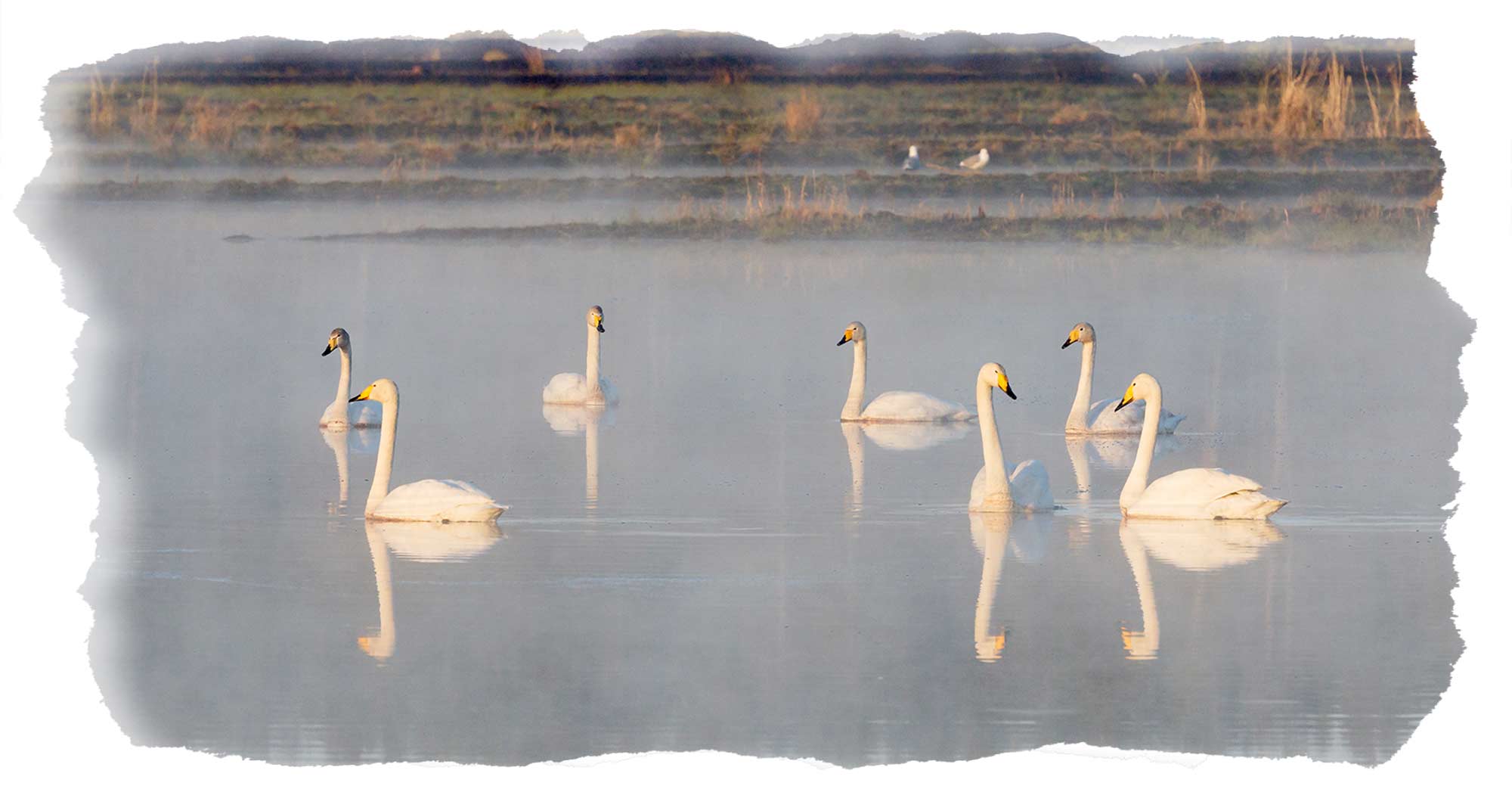
In Selkie and elsewhere in Finland, the Snowchange Co-op has pioneered comanagement practices by seeking involvement from diverse local stakeholders, giving their knowledge equal weight in decision-making processes. Snowchange’s co-management approach has created a meaningful collective and equitable framework for pursuing large-scale ecological restorations.
Co-management enables planning and provides a forum to ensure the peaceful co-existence of different land-use practices. For example, bird watching and the protection of important resting and feeding areas for migratory birds have been balanced with the activities of local hunters, who target invasive species, like mink, that threaten bird species.
Environmental monitoring is also made more effective when local hunters, fishers, birders, and others who are out on the land every day regularly report their observations to scientist allies.
Landscape Rewilding
The efforts in Linnunsuo are part of a wider initiative to restore the watershed in Jukajoki. Through the creation of series of manmade wetlands, the re-creation of fish spawning areas, and other restoration activities, this rewilding effort has restored the Jukajoki River to normal levels of acidity, drastically reduced heavy metal pollution, and paved the way for the return of fish species including grayling and trout.
The success of the Jukajoki River restoration project has led to the rapid expansion of landscape rewilding efforts in Finland beyond North Karelia, from the Western Archipelago to Skolt Sami Territories in the far North. In 2020, the amount of land under restoration actions tripled in size.
Snowchange is leading these expanded actions alongside local communities using co-management methods. Over 1,685 hectares of critical ecosystems are now being actively rewilded, including the flagship Kivisuo (Marshmire of Stones) site, a biodiversity hotspot located in Muhos and Utajärvi villages that is a habitat for the rare peregrine falcon.

Opportunities to Support
The ‘Landscape Rewilding Programme’ at Snowchange Co-op works alongside local communities and national agencies to rewild and protect northern peatlands and boreal forests − landscapes and Indigenous home areas of critical importance in the European North.
The Northern peatlands connected with northern lakes and rivers are critically important in the context of climate change. Altered peatlands cause soil-based green-house gas emissions if not rewilded. Ninety-three percent of peatland ecosystems, which are essential to the stability of our planet’s overall health, are found in six countries: Russia, Canada, USA, Indonesia, Finland, and Sweden.
Restored and rewilded boreal peatland sites have great potential in trapping carbon and developing into carbon sinks. Success at the former peat mine in Linnunsuo indicates that even dramatically artificially altered sites in the boreal north have great potential as biodiversity hotspots and in water protection when restored and rewilded. While restoration actions are relatively cost effective, they require real long-term commitment with communities, individuals, and landscapes.
The last remaining old-growth forests of the boreal and the Arctic are equally important. They store tremendous amount of carbon, maintain critical biodiversity and alleviate climate change.
To find out more about this vital work, please contact Kaisu Mustonen, Head of Biodiversity kaisu.mustonen@snowchange.org.


